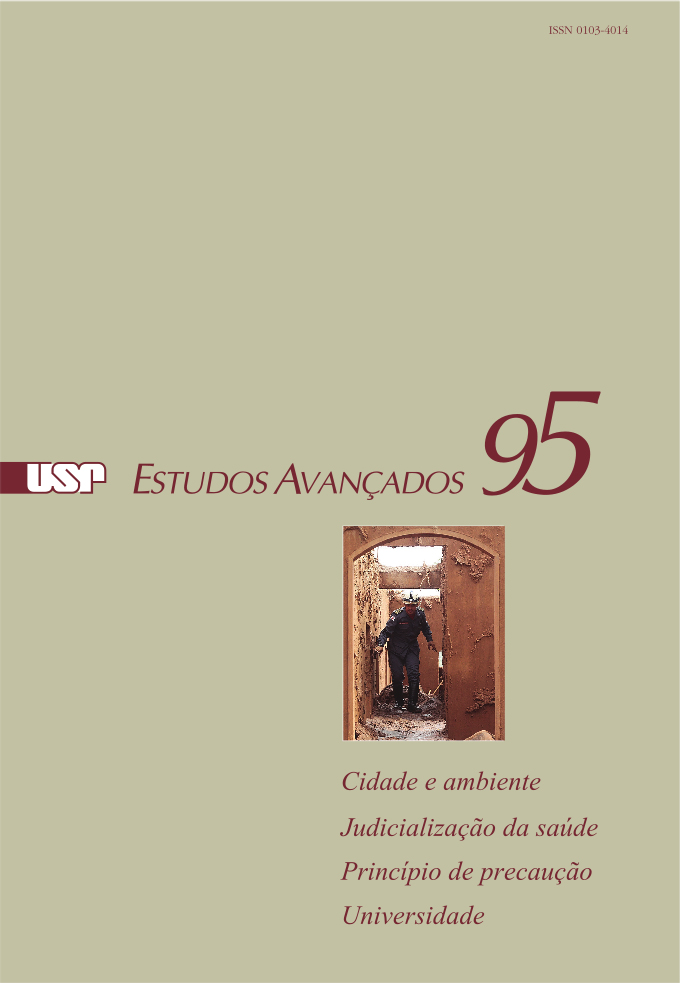Características e procedência da lenha usada na cocção no Brasil
Keywords:
Firewood, Per capita consumption, Forestry, Extractivism, DeforestationAbstract
Firewood has been replaced over the years by new forms of energy, such as liquefied petroleum gas (LPG) and electricity. However, this fuel still accounts for a significant fraction of the Brazilian energy matrix. Research regarding its use remains limited and regional in the country. The objective of this study was survey the production, consumption and characteristics of firewood used for cooking. According to the results, in 2016 26.5% of the firewood produced in Brazil was used for residential purposes, around 2×107 metric tons. Firewood comes from both silviculture, Paraná being the largest producer, and extractivism, Bahia being the largest producer. Pará presented the greatest dependence of this fuel, while Rio de Janeiro practically does not use it for this purpose. Per capita consumption varies from one region to another. Based on data from 2016, it was estimated that consumption was 1.7 kg/person/day. In situ studies showed consumption ranges from 0.7 to 8.5 kg/person/day. The study shows an obvious reliance on native forests to obtain firewood, resulting in deforestation in some areas. The low availability of data and the variation among them prevents a better assessment of the use of this fuel in Brazil and the implications for forest health. The implementation of public policies should be a priority of the government, as the improper use of firewood negatively affects the management of native vegetation, as well as being a socio-environmental, economic and public health burden.
Downloads
Downloads
Published
Issue
Section
License
Estudos Avançados não celebra contrato de cessão de direitos autorais com seus colaboradores, razão pela qual não detém os direitos autorais dos artigos publicados. Os interessados em reproduzir artigos publicados na revista devem necessariamente obter o consentimento do autor e atribuir devidamente os créditos ao periódico.


